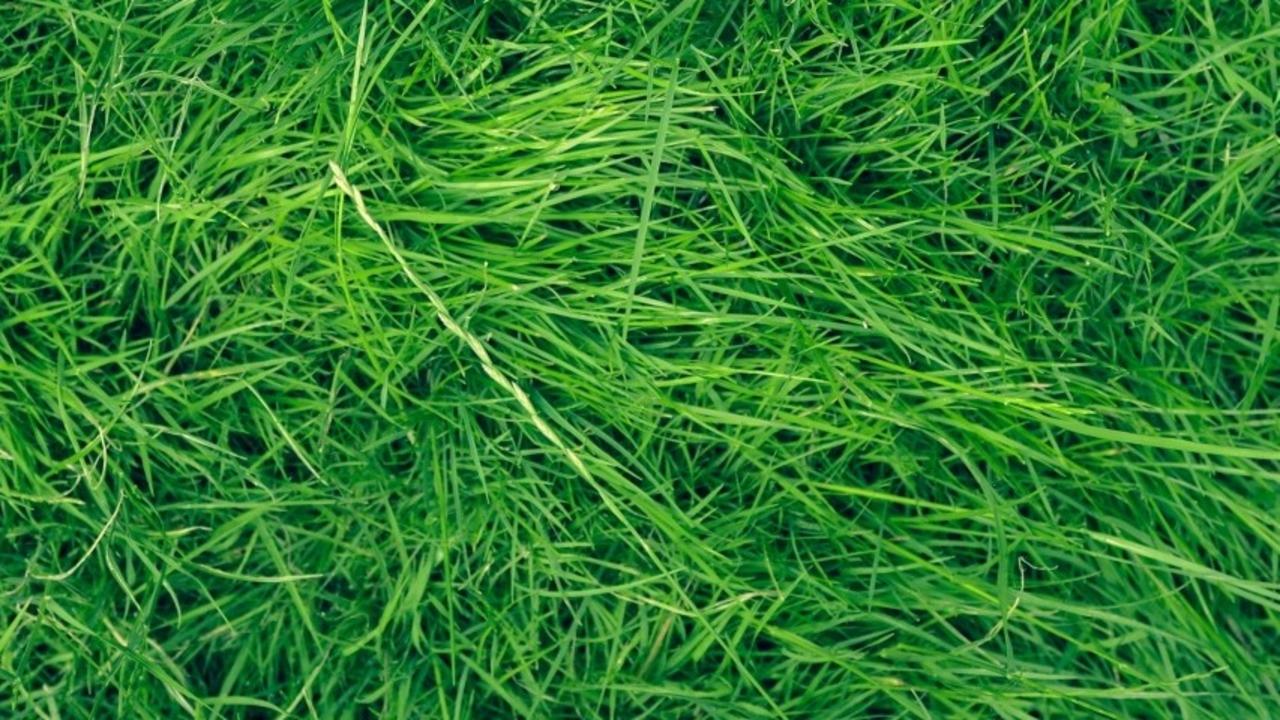5 Beautiful Southern California Drought Tolerant Grasses

These five, beautiful Southern California lawn alternatives will save you water
Replacing your existing lawn with a drought tolerant alternative is an increasingly popular and effective way to cut down on water usage. Lawns can be more than just nice, relaxing place to enjoy a cup of tea, host a party, or play with our kids. They can also help contribute to reduced water, fertilizer and pesticide needs, while helping capture atmospheric carbon and store it in the soil!
What you choose to do with your yard can have a positive effect on your community, your planet and the plants and animals you share it with.
Before replacing your lawn, take a moment to consider what lawn alternatives are best for you and your family. While gravel and artificial turf replacements are great for decreasing water usage in theory, they fail to keep the soil fertile and living which means less water is allowed to infiltrate the soil and replenish aquifers. Many native, low water plant options benefit the earth and soil.
Here are five alternatives to traditional lawn sod that will keep your beloved outdoor space fresh, grassy and open while cutting down on water usage. If you'd like help designing your own water wise lawn, don't hesitate to give us a call!
Dune Sedge - Carex pansa

Dune Sedge grass growing in. Native to the coast of western North America, this low-water green grass is a resilient alternative to traditional lawn sod. While it does not tolerate foot traffic quite as well as traditional Bermuda grass, it requires 50-70 percent less water. This clumping grass requires good drainage (think the beach sand that it originates on) and periodic deep soakings of water to thrive. It performs best and is happiest in coastal communities, but with some proper shade and additional irrigation, can thrive a bit more inland, too.
UC Verde Buffalo Grass - Buchloe dactyloides

Image Courtesy of UCVerdeBuffaloGrass.com
This drought tolerant grass was created by UC researchers to thrive in hot, dry climates. Although it becomes straw colored and dormant in the winter months, it is soft, fine and green from Spring through Fall. This species of Buffalo grass saves up to 75 percent of the water used to maintain traditional grass. During the winter months it requires no mowing and very little maintenance during the rest of the year. UC Verde Buffalo Grass grows best in high sun areas at elevations under 2000 ft.
Native California Bentgrass - Agrostis pallens

Bentgrass growing well at the University of California Cooperative Extension in Sacramento County
This water wise grass is the most resilient to foot traffic, making it great for families with kids. It uses about half the water traditional Bermuda grass does. Whether mowed frequently, or allowed to grow long and flop creating a meadow-like look, this soft grass will stay green and vibrant all year round when properly maintained.
Dwarf Wooly Yarrow - Achillea tomentosa

Dwarf yarrow does best when provided with adequate moisture. Photo courtesy of GardenSoft
Yarrow is a flowering, fern-like foliage that requires half the water of a traditional lawn. While it doesn’t tolerate very much foot traffic, it is a drought tolerant native that creates a beautiful ground cover. It thrives best with hardscaping such as gravel pathways or stone footpaths to reduce foot traffic on the plant itself. Yarrow is very diverse and comes in colors from green to silver with yellow, pink, or salmon colored flowers.
Custom Backyard Meadow

Here is a backyard slope Ecology Artisans designed and installed using Southern California drought tolerant plants.
While not one grass in particular, meadows are one of our favorite drought tolerant lawn alternatives. A meadow is a combination of wildflowers, grasses and native plants. The meadow follows the laws of nature, and therefore requires very little water or maintenance outside of periodic thinning and adjustment to suit your preferences.
- Carmel Creeper Ceanothus Ceanothus griseus horizontalis - 2’ h x 10’ w
- Yarrow Achillea millefolium - 1-3’ h x 1-3’ w
- California Fuchsia Zauschneria californica - 1.75-3’ h x 1.75-3’ w
- Rock Purslane Calandrinia spectabilis - 1-2’ h x 2-3’ w
- Purple Coneflower Echinacea purpurea - 1-1.5’ h x 1’ w
- Blackeyed Susan Rudbeckia hirta - 3’ h x 3’ w
- Lambs-tails Ptilotus exaltatus - 1-1.5’ h x 1’ w
- Pink Muhly Grass Muhlenbergia capillaris - 2-3’ w x 2-3’ h
- Deer Grass Muhlenbergia rigens - 4-5’ w x 3-5’ h
- Tufted Hair Grass Deschampsia cespitosa- 2-3’ w x 2-3’ h
- Field Sedge Carex praegracilis - 6-8” w x 8-12” h
Replacing your lawn with a meadow is the most beneficial option for surrounding ecosystems due to its high biodiversity. It creates a habitat for plants and animals which can be aesthetically beautiful as well as a good educational opportunity for children. It is best to grow a variety of plants that are found around your home and local environment. Here is a list of wildflowers native to southern California that will attract a variety of bees and butterflies to your garden.
Our yards are more than just green recreational spaces, they can improve our natural environment and quality of life.
When we replace our lawns with drought tolerant alternatives, we cleanse the air and soil, and turn the surplus of carbon dioxide in our atmosphere into oxygen. Plus, a nice yard is a darn good place to host a BBQ for friends and family. Plant yours wisely and with love!
FREE REPORT - 8 Ways To Save Water In Your Landscape
Learn the techniques we use on a daily basis to maximize your water budget.
